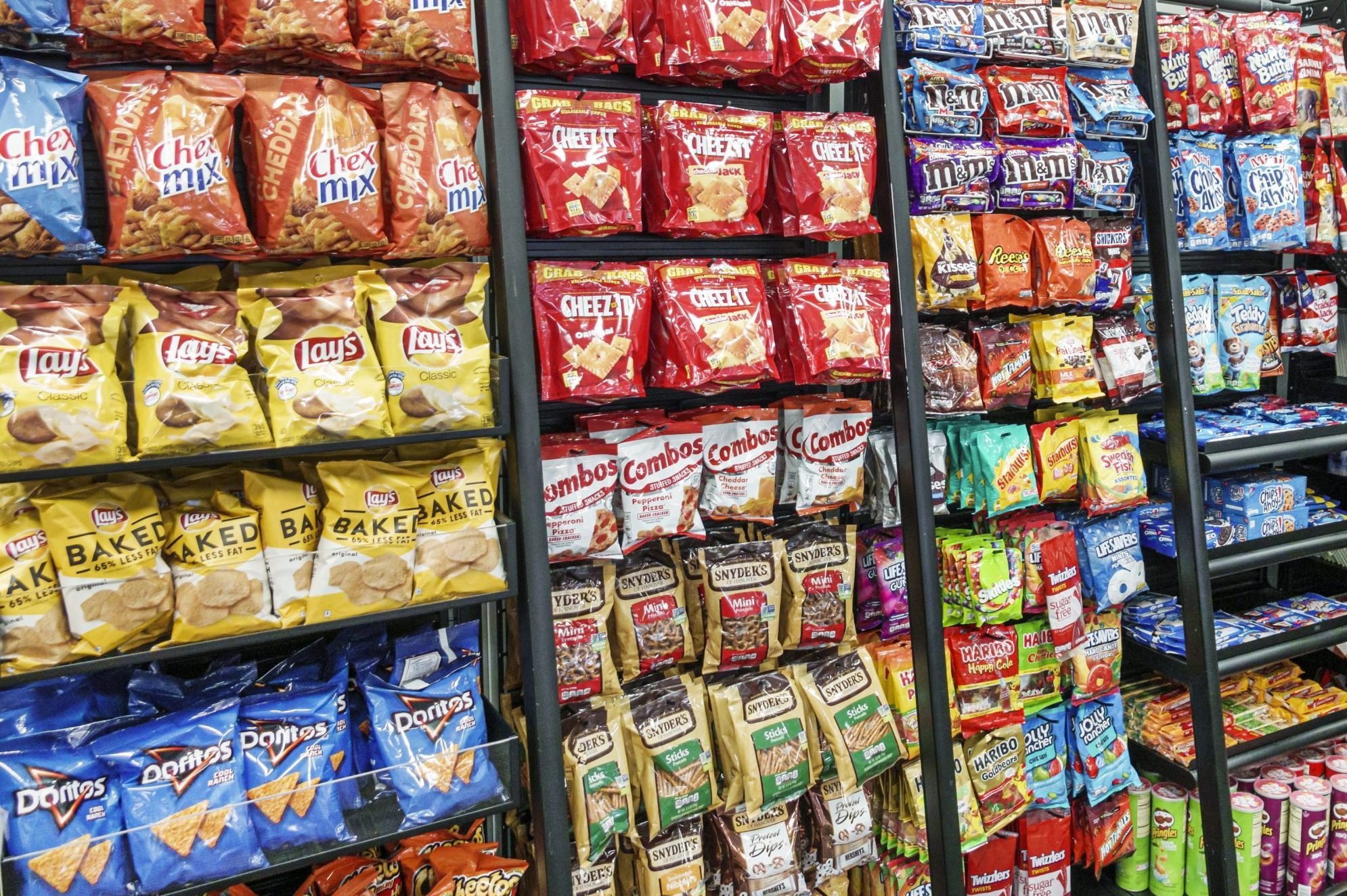
In our fast-paced modern world, convenience has become a paramount factor in our daily lives. From ready-to-eat meals to online shopping, convenience goods have revolutionized the way we live and consume. But what is true about convenience goods? In this article, we will delve into the depths of this ubiquitous concept, uncovering hidden truths and shedding light on the lesser-known aspects of convenience goods.
- The Definition and Characteristics of Convenience Goods:
Convenience goods are products that are widely available, affordable, and require minimal effort for purchase and consumption. They are typically non-durable goods that are frequently bought and replenished. Examples include everyday items like toiletries, snacks, and household supplies. Convenience goods are designed to save time and effort, catering to the needs of busy individuals seeking instant gratification. - The Psychology of Convenience:
Convenience goods tap into our innate desire for efficiency and instant gratification. The availability of these goods satisfies our need for immediate solutions and minimizes decision-making processes. Marketers understand this psychology and strategically position convenience goods to capture consumer attention. From strategically placed impulse-buy items near checkout counters to subscription-based services, convenience goods capitalize on our desire for ease and simplicity. - The Impact of Convenience Goods on Consumer Behavior:
Convenience goods have a profound influence on consumer behavior. They shape our purchasing habits, alter our perception of value, and even impact our overall lifestyle choices. The convenience factor often outweighs other considerations such as price or quality, leading to impulse purchases and brand loyalty. As consumers, we are willing to pay a premium for the convenience and time-saving benefits that these goods offer. - The Dark Side of Convenience:
While convenience goods provide undeniable benefits, it is essential to acknowledge their potential drawbacks. The convenience-driven culture can contribute to overconsumption, waste generation, and environmental concerns. Single-use packaging, excessive reliance on disposable products, and the carbon footprint associated with convenience goods are pressing issues that need to be addressed. As consumers, we must strike a balance between convenience and sustainability. - The Future of Convenience Goods:
As technology continues to advance, convenience goods are evolving to meet the changing needs of consumers. The rise of e-commerce, subscription services, and on-demand delivery platforms has transformed the convenience landscape. Smart devices and Internet of Things (IoT) technology are enabling seamless integration and personalized experiences. The future of convenience goods lies in the intersection of technology, sustainability, and consumer-centric innovation.
Conclusion:
Convenience goods have become an integral part of our modern lifestyle, offering time-saving solutions and instant gratification. However, it is crucial to understand the underlying dynamics and implications of convenience goods. By being aware of the psychological factors at play, the impact on consumer behavior, and the need for sustainable choices, we can make informed decisions as consumers. Embracing convenience while considering its consequences will pave the way for a more balanced and mindful approach to consumption.


